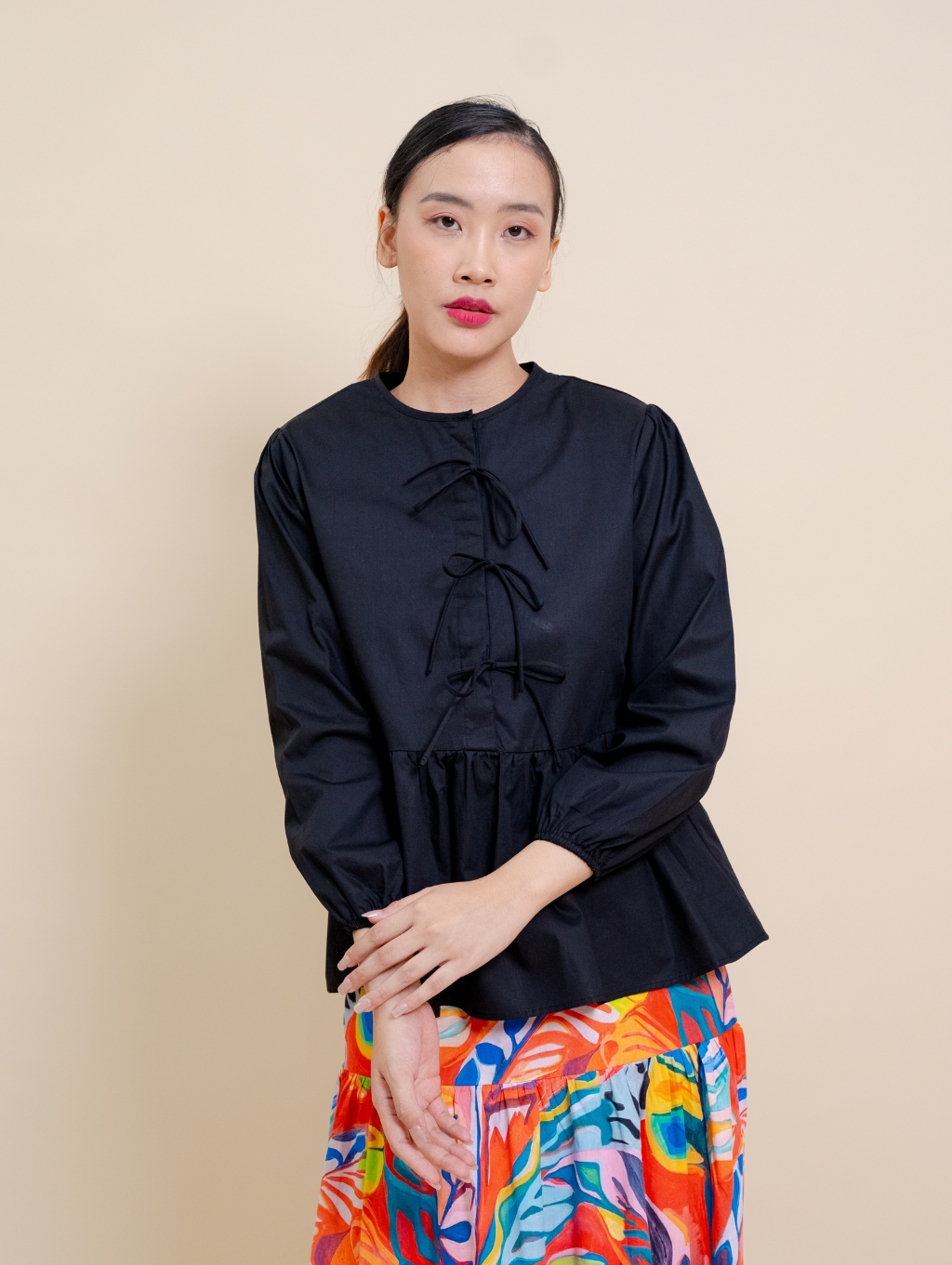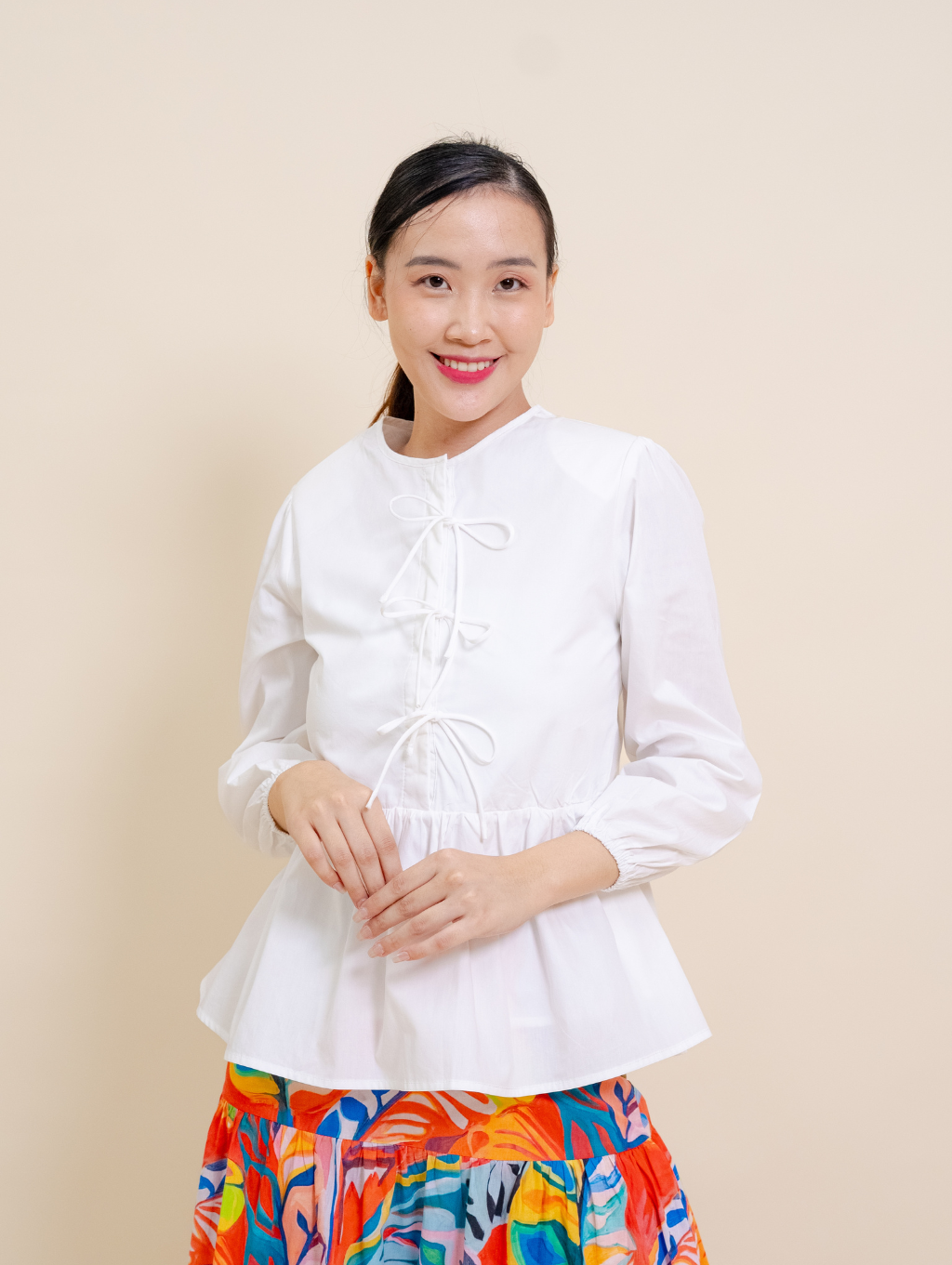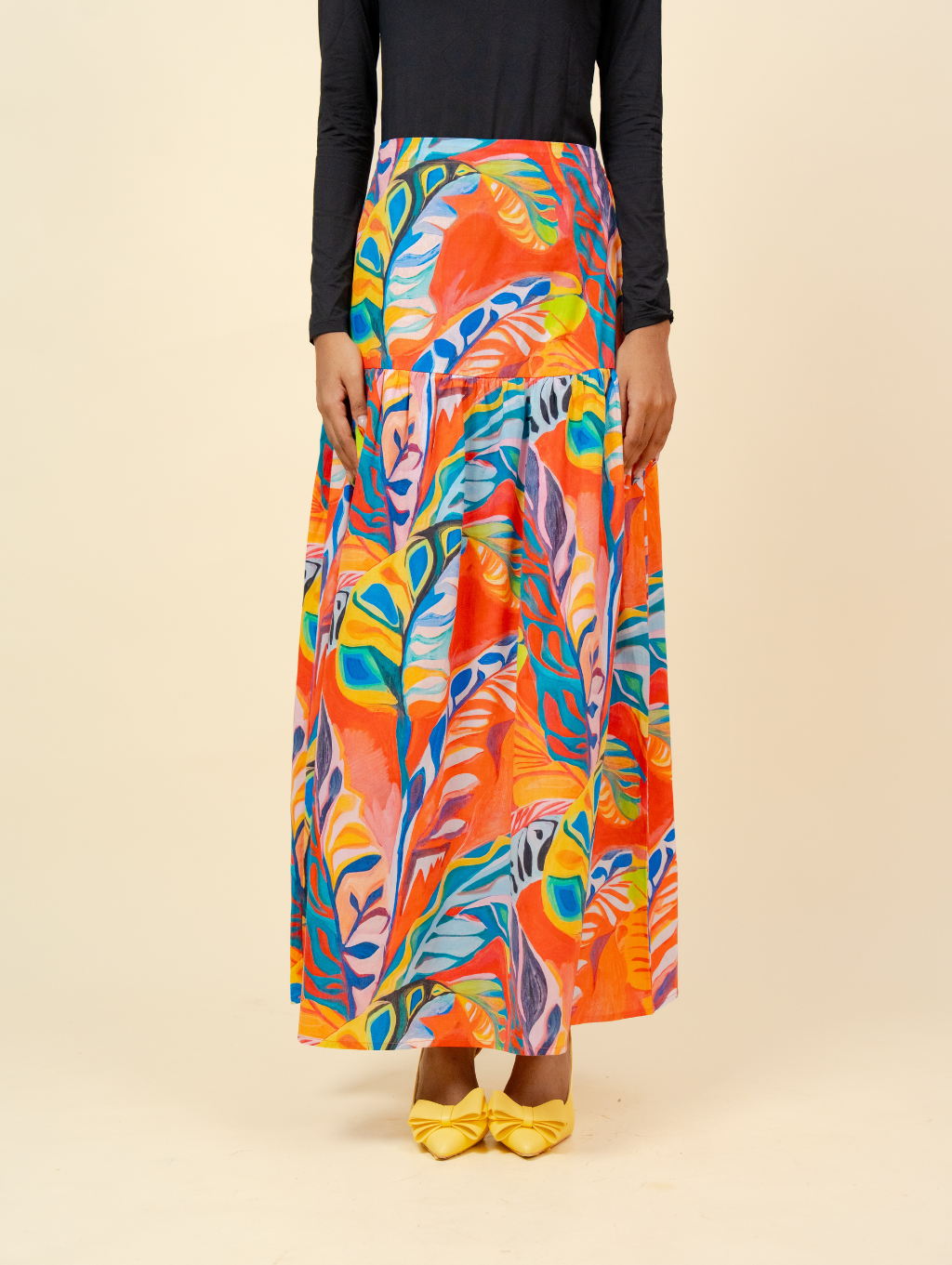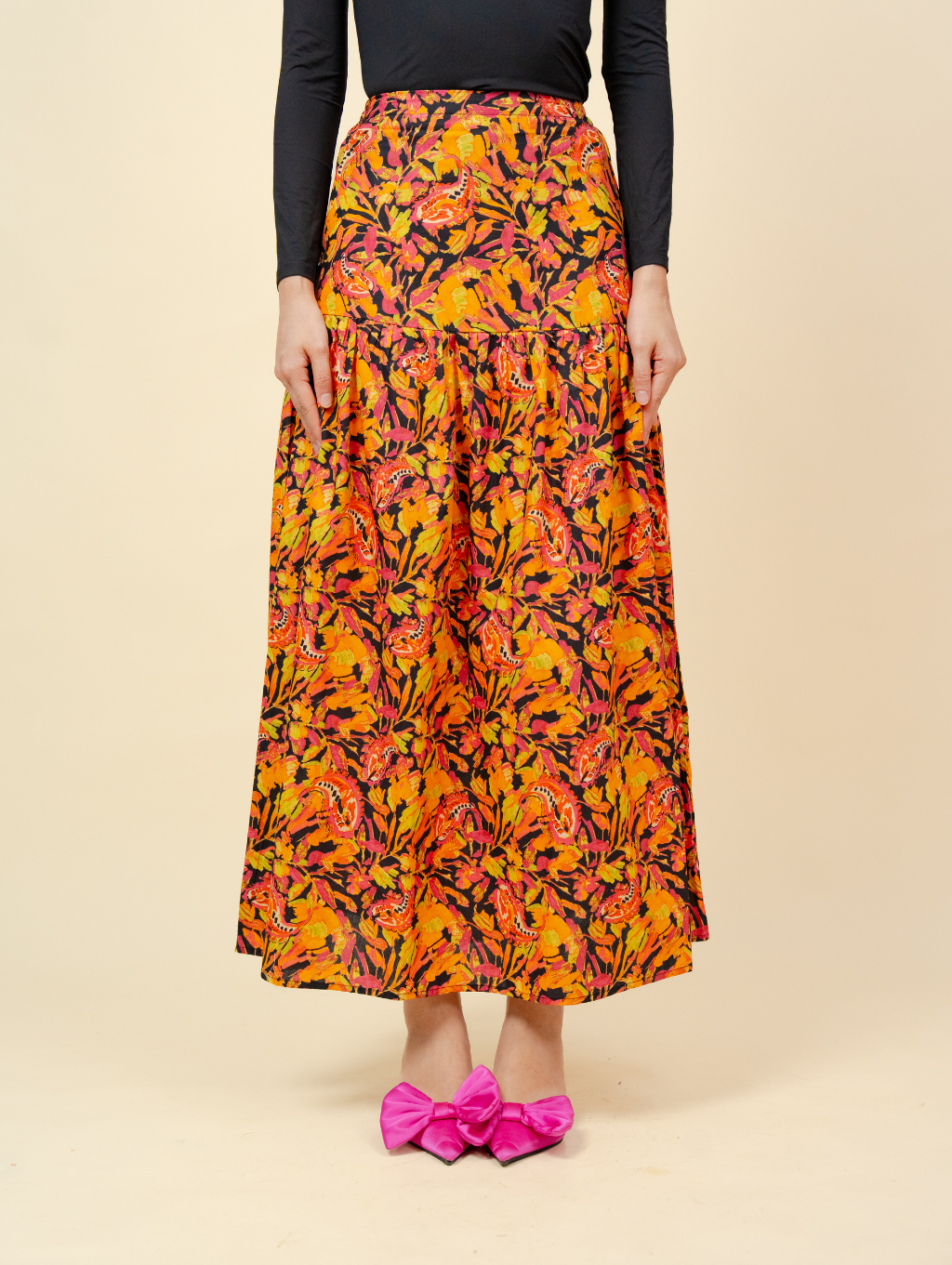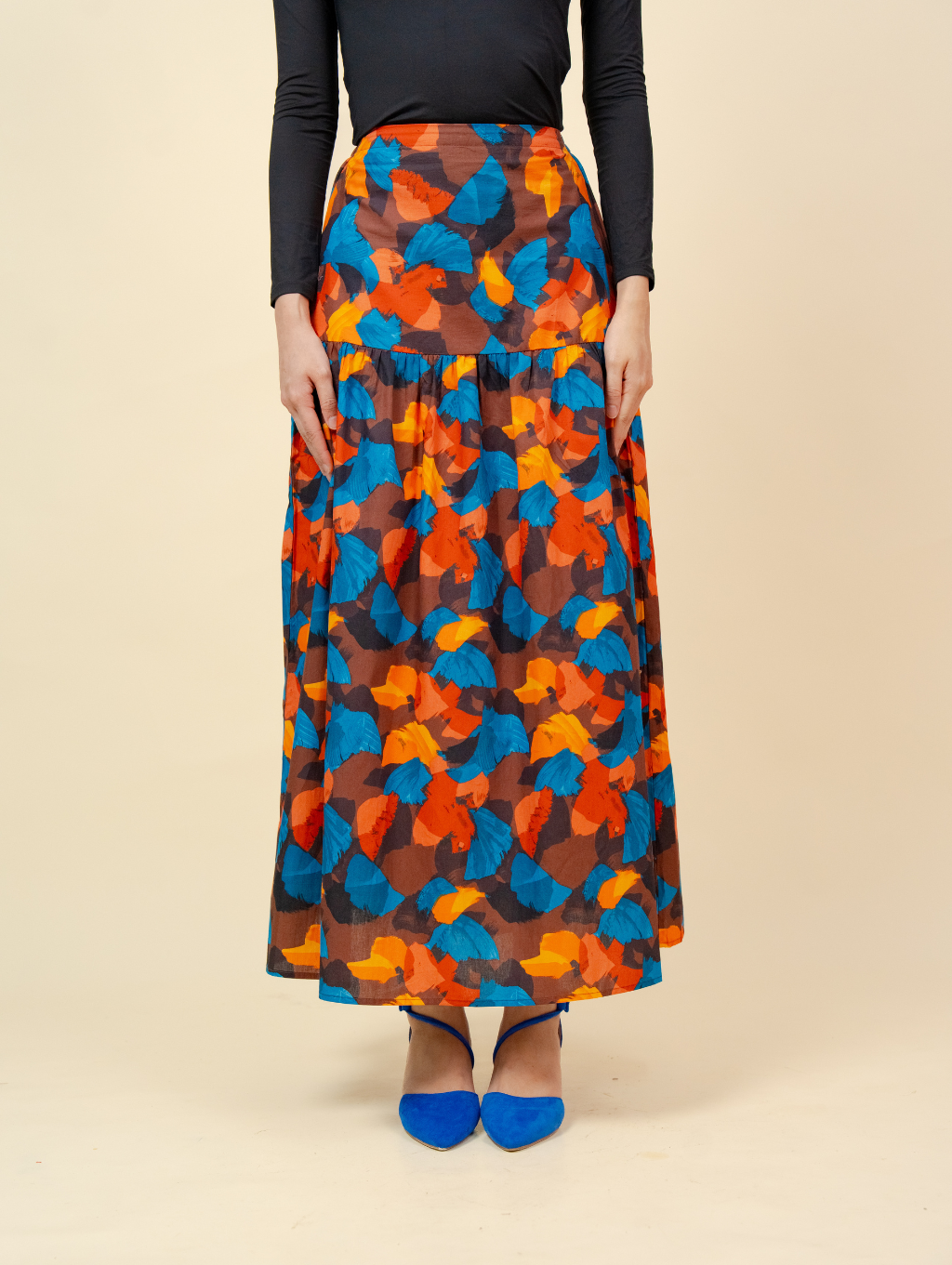Malaysia Traditional Wear - Cultural Outfits of Malaysia
Malaysia is a country that boasts a rich cultural heritage, with diverse communities living together in harmony. The traditional wear of these communities is not only a reflection of their customs and beliefs but also showcases the beauty and uniqueness of multi-racial Malaysian culture.
In this article, we will explore the traditional clothes of Malaysia's different communities and the history behind them.
Malay Traditional Wear
The Malay community is the largest ethnic group in Malaysia, and their traditional dress in Bahasa Malaysia is called "Pakaian."

Men
The traditional dress for men is known as the "Baju Melayu," which is a loose garment paired with trousers and a sarong called "Sampin." The traditional hat, called "Songkok" or "Kopiah," is also worn with this outfit. On special occasions, some men prefer to wear batik shirts with trousers.
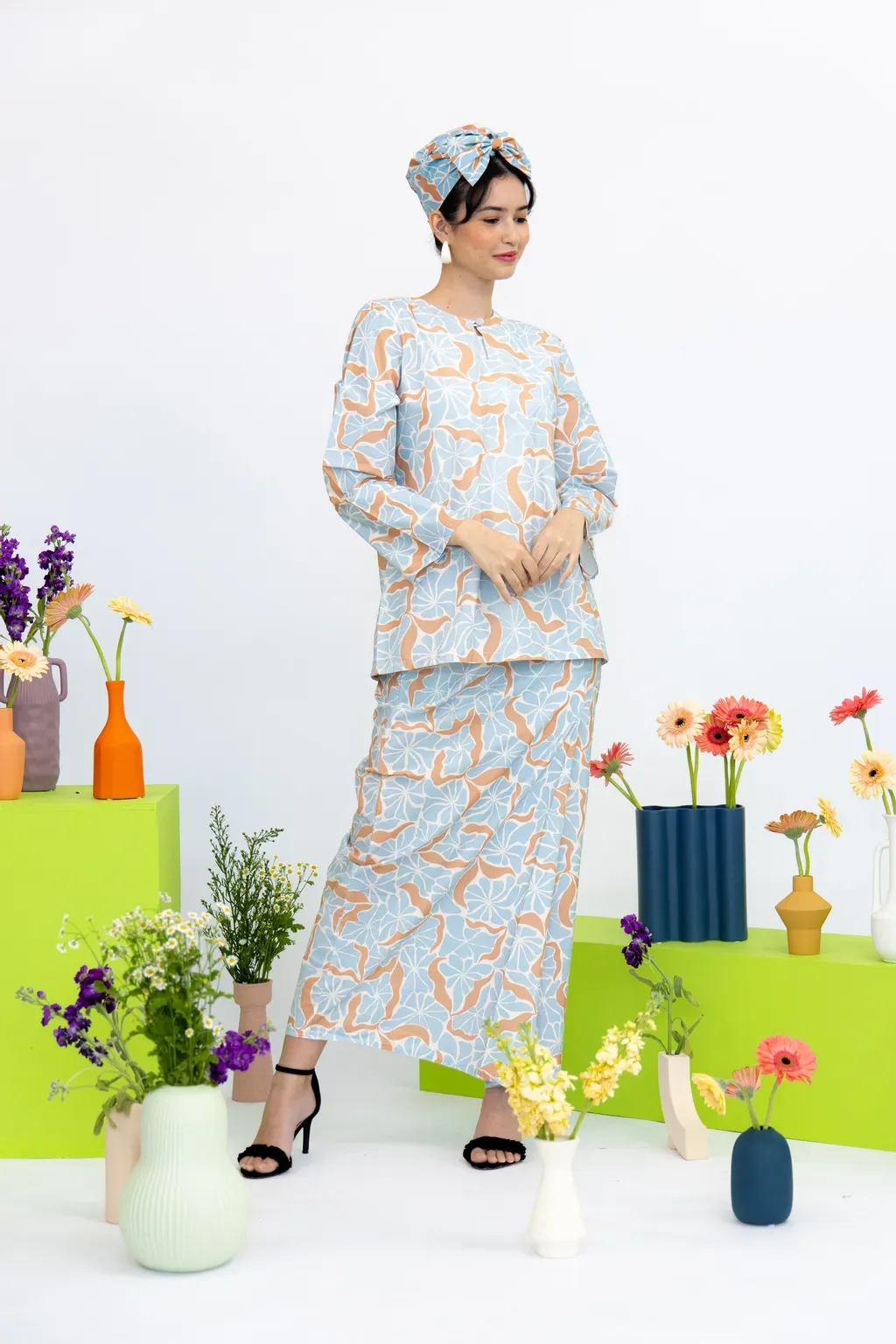
Women
For women, the traditional dress is the "Baju Kurung". It comprises a knee-length, full-sleeved blouse and a long skirt called "Kain," which is pleated on one side. The attire is usually accompanied by a scarf on the head.

The semi-formal version of this outfit is the "Baju Kebaya," which is a skin-fit two-piece costume. The traditional dress for Malay women was once the "Kemban," which included sarongs tied above the chest.
Chinese Traditional Wear
The Chinese community residing in Malaysia prefers casual dress, but during festivals, they dress in their traditional outfits.

Men
For men, the traditional dress is called the "Tang Shan." It is a type of jacket that has a collar and a knot at the belly and is mostly floral. The name "Tang Shan" was suggested because the Tang empire was so powerful that foreigners called Chinese “Tang people”.
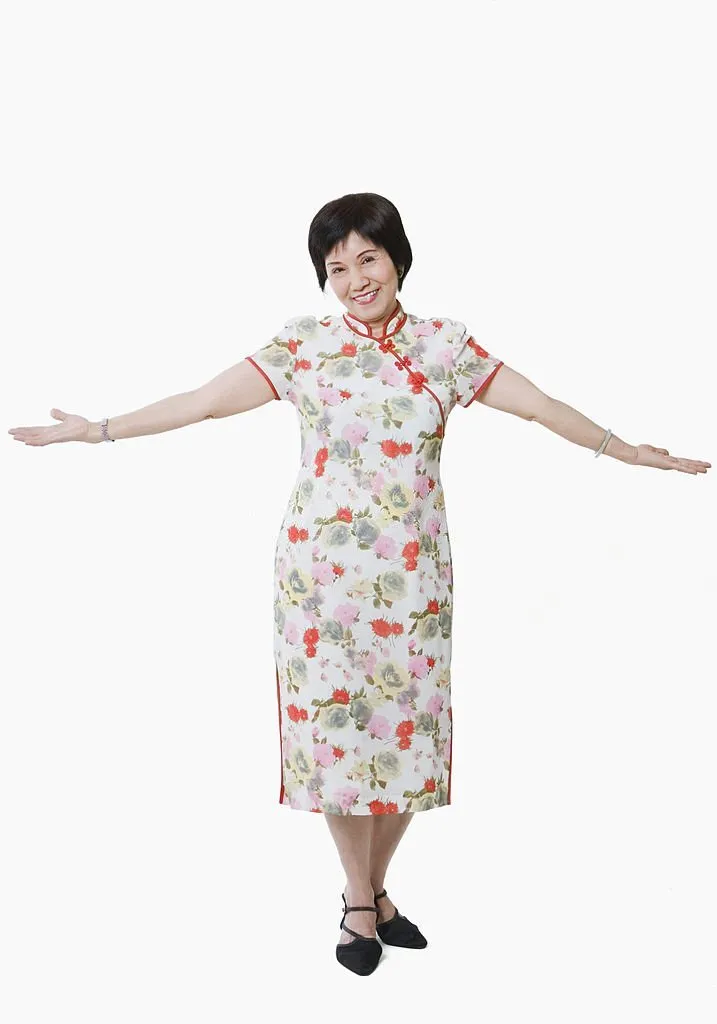
Women
Women wear the "Cheongsam" (meaning ‘long dress’) during festivals and formal events. The dress is also called "Qipao" and is a silk one-piece dress with a collar and clasps at the waist, either in the centre or on the side.
Elder women dress in "Samfoo," which is a type of ankle-length pant with a loose-fitting top with clasps at the centre.
Another popular traditional outfit for Chinese women in Malaysia is the "Hanfu," which is a combination of a loose blouse, a long skirt, and a belt sash.
Indian Traditional Wear
The Indian community living in Malaysia has maintained its cultural heritage, particularly in their choice of traditional clothing.

Men
For men, the traditional dress includes "Kurta-Pyjama," "Dhoti-Kurta," or "Lungi-Kurta." Kurta is typically a knee-length shirt. Another popular version of Kurta is "Sherwani," which is worn during weddings and other festivals. Dhoti and Lungi are types of baggy pants.
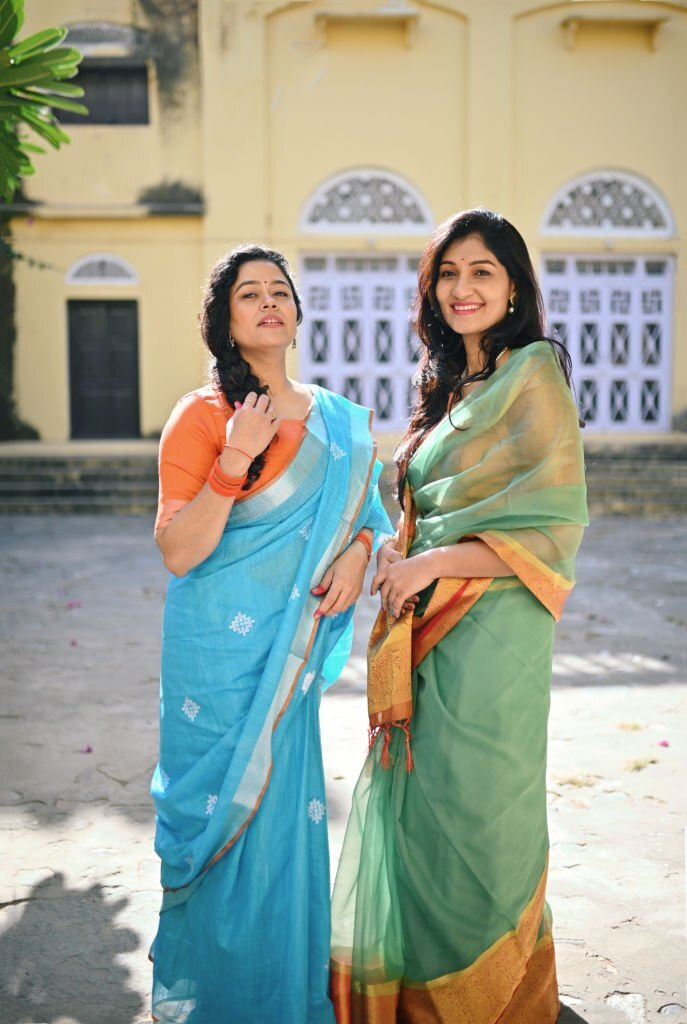
Women
For women, the traditional dress is the "Saree," a six-yard piece of cloth draped around the body in such a way that it looks like a skirt with pleats in the center; part of the same cloth covers one shoulder and hangs below the knees.
Some women also wear the "Salwar Kurta," which is a tunic worn with loose bottoms and a long scarf called "Dupatta."
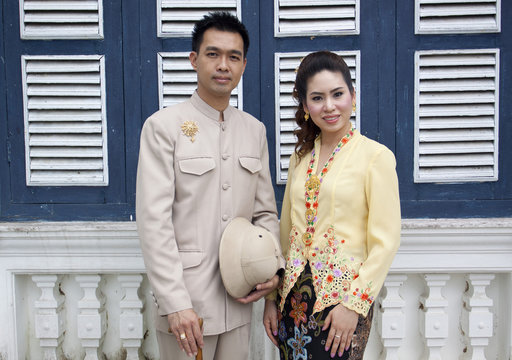
Peranakan (Baba Nyonya) Traditional Wear
Peranakans are Chinese immigrants who married Malays, and their traditional attire is known as “Baju Panjang”. It is a long dress adapted from the traditional Malay baju kurung, worn with three kersang (brooches) and beaded slippers, known as kasot manek.
The Peranakans worship their ancestral gods and follow their original traditions, but they have adapted to the culture of the Malays, including learning their language.
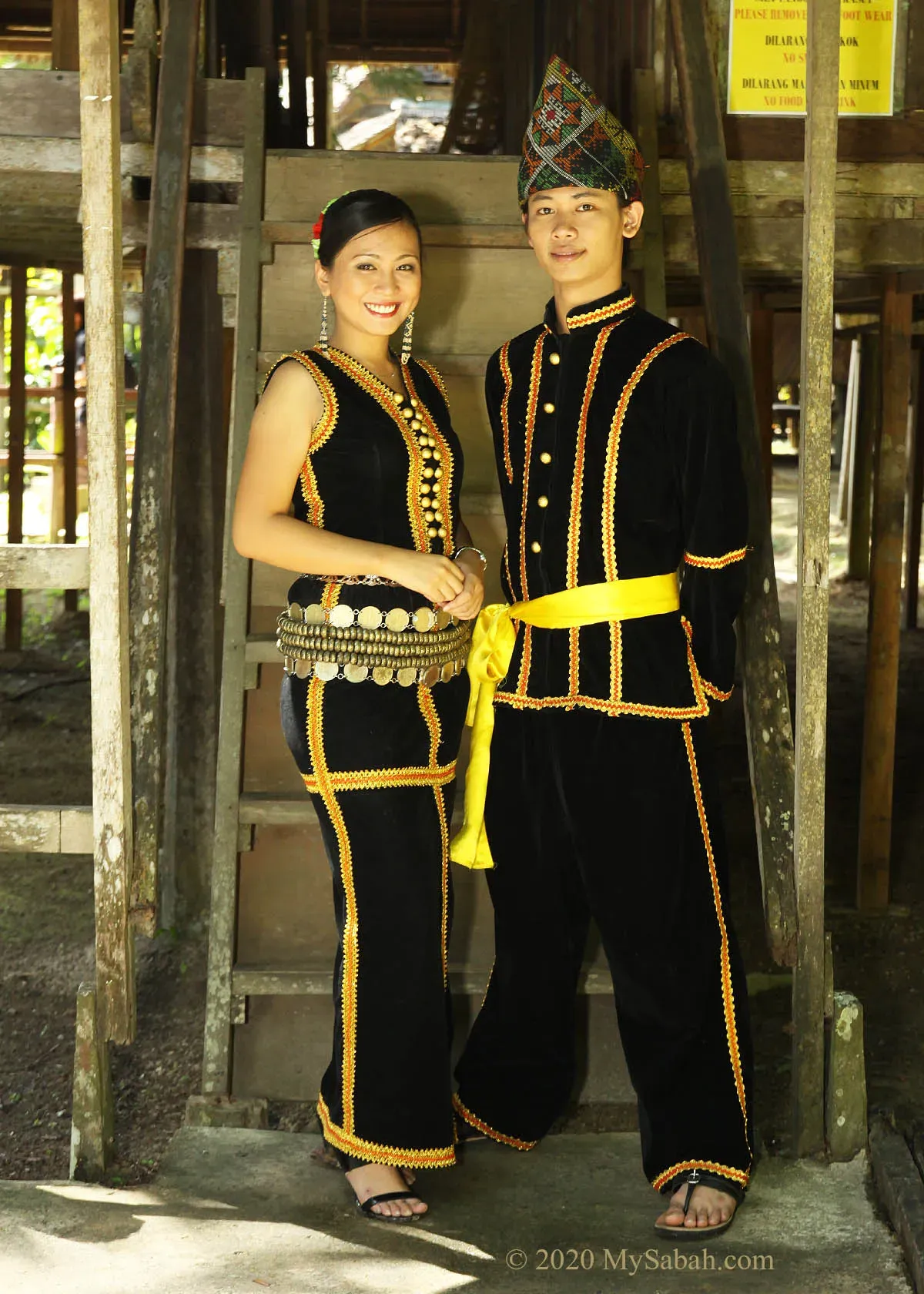
Kadazan Traditional Wear
The Kadazans are an indigenous ethnic group in Sabah, Malaysia.
Men wear a jacket with golden designs, worn with trousers, and a headgear known as the siga, made of handwoven destar cloth.
Women wear an embroidered one-piece outfit made of gold thread, known as papar, with a belt of silver coins. They also wear a headgear made of bamboo strips, known as siung, and the attire is usually made from black velvet or silk.
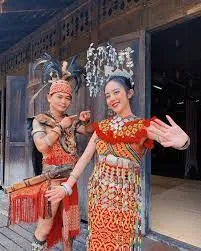
Iban Traditional Wear
The Ibans are another indigenous community in Malaysia, known for their warrior-like outfits and weaving of colourful, patterned cotton cloth called "Pua Kumbu". Men wear “Baju Burung", a warrior-like outfit consisting of a vest on top and a skirt-like woven cloth at the bottom.
They also wear a silver belt, armlet, anklet, and headgear. Women wear a traditional dress made of bidang cloth, with marek empang (a chest adornment), sugu tinggi (headgear), and silver accessories such as a belt and bangles.
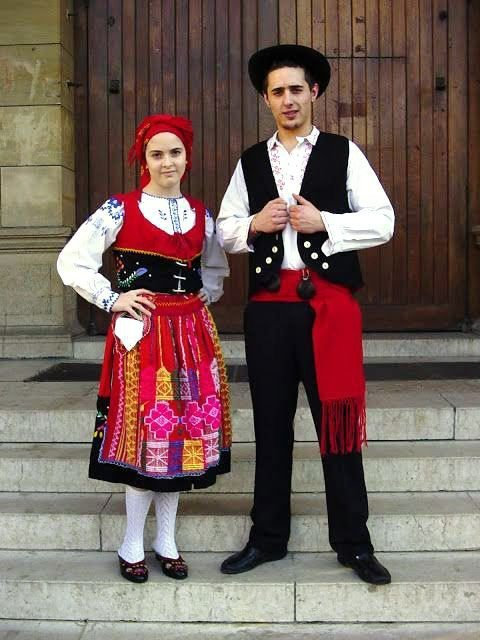
Portuguese Immigrants Attire
Apart from the indigenous communities, Malaysia also has descendants from Portugal, who have their own traditional dresses. Men wear jackets with trousers and waist sashes, while women have layered skirts, mostly in black or red colours.
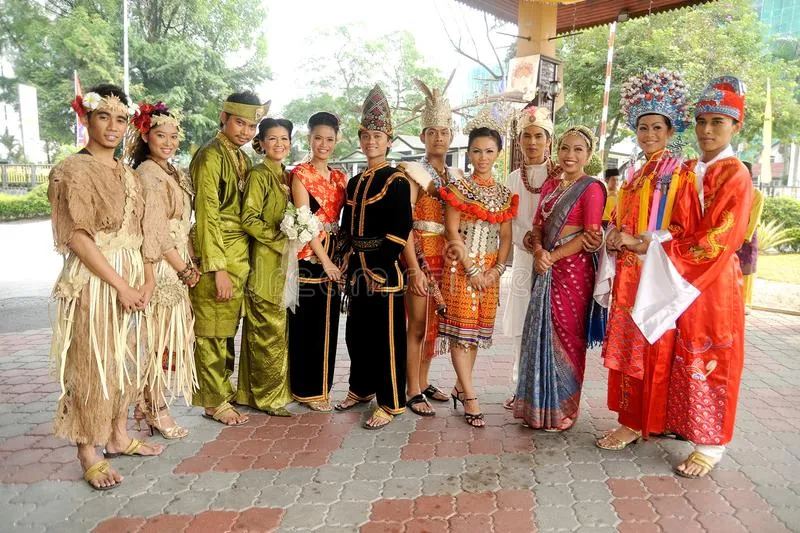
Unity in Diversity
Malaysia's diversity is beautifully symbolized by the virtues of mutual respect and acceptance of diversity. During festivals, the diverse range of communities with their specific traditional outfits comes to life, providing a unique experience for visitors.
By witnessing the beautiful array of festivities and culture, visitors can gain awareness and instill a sense of unity amongst themselves. If you are looking for a reason to visit Malaysia, its rich cultural heritage is definitely one to consider.
















































